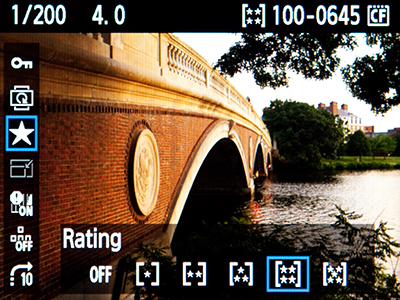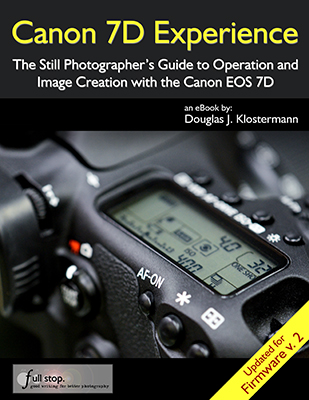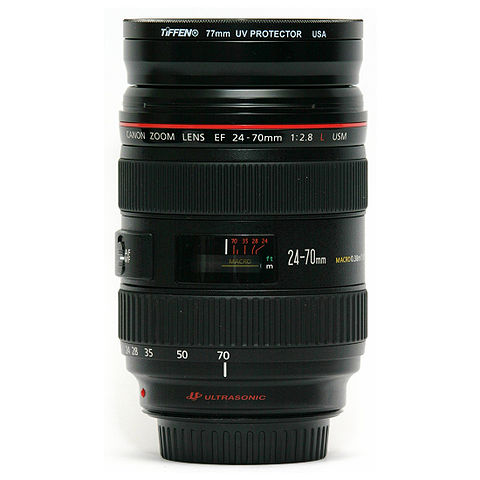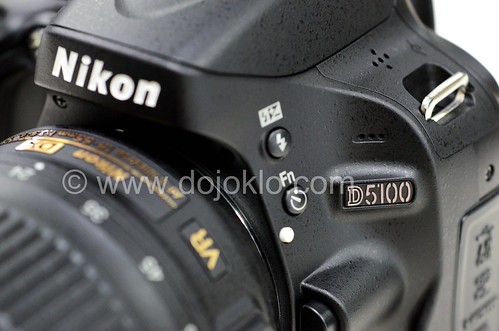Canon has released firmware update 1.2.1 for the Canon 5D Mark III, which includes uncompressed HDMI output and enables the center AF point to be cross-type at f/8 maximum aperture.
Both of these updates will mostly affect those who use their 5DIII in very specialized situations: high end video recording and super-telephoto lenses with extenders. However, there are also a number of other fixes, including increasing focusing speed when using the AF-Assist lamp and various minor errors with some functions or lenses.
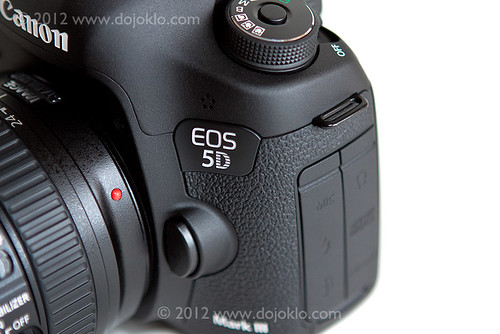
Uncompressed HDMI output for video means that you can save uncompressed – thus highest quality – video files to an external recorder via the camera’s HDMI port.
Cross-Type Center AF up to f/8 maximum aperture means that you can use a super-telephoto lens with an extender which limits the maximum aperture to f/8 (rather than say f/2.8 or f/5.6) yet still have accurate cross-type autofocusing with the center AF point.
Because the Uncompressed HDMI output update includes the addition of some new Movie menus, I will be updating my e-book guide to the 5DIII, Canon 5D Mark III Experience.
You can learn all about the firmware update, and find the download link and instructions on the Canon site here.
Here is the complete list of updates:
Firmware Version 1.2.1 for the EOS 5D Mark III incorporates the following improvements and fixes:
- Uncompressed HDMI output is now enabled.
- Enables the centre AF point to autofocus when the camera is used with Canon EF lens/extender combinations whose combined maximum aperture is f/8.
- Improves the speed of the camera’s acquisition of focus when using a Canon Speedlite’s AF-assist beam.
- Fixes a phenomenon in which the LCD monitor may freeze and display ‘Err 70’ or ‘Err 80’ when a still photo is taken during Live View or in movie shooting mode.
- Fixes a phenomenon that may occur when the continuous shooting priority setting is enabled for multiple exposures, such that, after the sixth image is taken, there is a slight pause before the remainder of the sequence is completed.
- Fixes a phenomenon in which the viewfinder display shows incorrect information during AEB shooting.
- Communication with the WFT-E7 Wireless File Transmitter has been improved.
- When images have been successfully transferred with the WFT-E7 Wireless File Transmitter through the FTP protocol an ‘O’ will be displayed. When images have not been successfully transferred with the WFT-E7 Wireless File Transmitter through the FTP protocol, an ‘X’ will be displayed.
- Fixes a phenomenon in which the camera may not function properly when an Eye-Fi card is used.
- Fixes a phenomenon in which the focal length value listed in the Exif information is not displayed correctly for images shot with the EF24-70mm f/4L IS USM lens.
- Fixes a phenomenon in which the lens firmware cannot be updated properly.
- Corrects errors in the Arabic language menu.
- Fixes a phenomenon in which the camera changes the AF microadjustment value to -8.
- The lens compensation data for the EF24-70mm f/4L IS USM lens has been added.
- Fixes a phenomenon in which the on-screen guidance cannot be fully displayed when setting the maximum limit value for the ‘Setting the ISO Speed Range for Auto ISO’ option.




